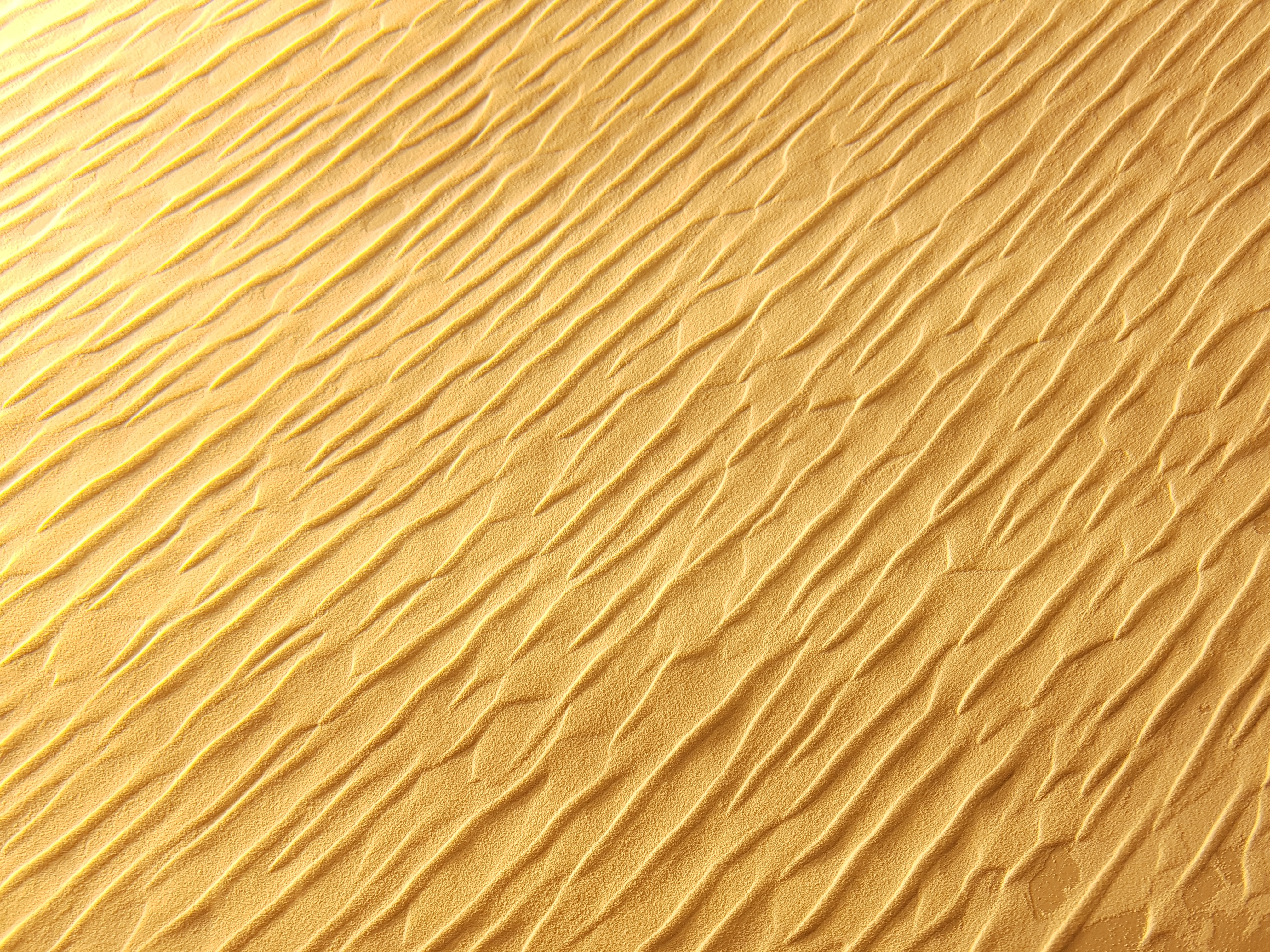
Matière et Systèmes Complexes
Présentation
Le laboratoire « Matière et Systèmes Complexes » (MSC) est une unité mixte de recherche du CNRS et de l’université (UMR 7057). Le laboratoire est installé depuis 2007 sur le nouveau campus de l’Université Paris Diderot, Paris Rive Gauche, dans le bâtiment Condorcet. Il est réparti sur plusieurs étages. La direction et le secrétariat se trouvent au 6e étage. Le directeur actuel en est Laurent Limat, secondé par la directrice adjointe Florence Gazeau.
Le laboratoire MSC a pour sujet d’étude la matière et les systèmes complexes sous toutes leurs formes. Il peut s’agir de fluides montrant des phénomènes complexes non-linéaires (facettages de jets ou de tourbillons, structures et propriétés complexes de mousses, phénomènes de mouillage, propagation de vagues et de tsunamis) ou bien, par exemple, de systèmes proches de la géophysique et de l’environnement (systèmes granulaires tels que les dunes, phénomènes d’érosion, morphogenèse des plantes et même des villes, nage collective d’algues ou de bactéries…). Les études théoriques et expérimentales conduisent à des applications comme par exemple les éoliennes flexibles de haut rendement, l’optimisation de méthodes d’enduisage, le contôle de propriétés de surface ou la récupération de la biomasse (ingénierie verte)...
Le laboratoire étudie également le couplage entre la physique et la biologie des systèmes vivants, avec une approche multi-échelle. Les recherches effectuées vont d’échelles moléculaires ou supra-moléculaires (assemblages des protéines, chromatine, cytosquelette etc.) jusqu’à l’échelle de l’organisme entier (méduses, poulets, vers etc.) en passant par des études plus fondamentales sur des cellules uniques sur lesquelles sont exercées des forces quantifiées, permettant de comprendre les propriétés biophysiques de la matière vivante. Ces études aboutissent à de possibles applications en ingénierie tissulaire ou régénération des tissus avec des transferts dans le domaine médical.
Equipes de recherche
Le laboratoire est structuré en cinq équipes :
- Dynamique des systèmes hors d’équilibre (DSHE), orientée plutôt vers les comportements non-linéaires de fluides, éventuellement actifs ou avec surface libre, et les phénomènes d’auto-organisation en général (morphogenèse des granulaires, systèmes particulaires inspirés de la matière condensée, colloïdes et transition d’encombrement, etc).
- Dynamique et organisation de la matière molle (DOMM), orientée plutôt vers les matériaux mous visco-élastiques aux propriétés rhéologiques complexes (gels, polymères, mousses etc.), milieux caractérisés par une structure hétérogène, et dont l’organisation et les propriétés dépendent de l’échelle d’observation.
- Physique du vivant, orientée plutôt vers l’étude des processus physiques qui sous-tendent les fonctions biologiques, principalement à l’échelle cellulaire, entre la molécule et le tissu.
- Biofluidique, orientée plutôt vers l’étude des systèmes vivants du tissu à l’organisme, avec des applications à visées médicales.
- Une équipe de théoriciens dont les thématiques couvrent un spectre large de questions fondamentales allant de la physique statistique hors équilibre à la neuroscience, en passant par la matière molle et la matière active.
Cependant les activités de ces équipes se recoupent souvent dans des projets communs aux frontières entre les comportements physiques et/ou biologiques (exemple : comportement de mousses marines, mesures de forces dans des tissus reconstitués, etc.)
Autres contacts
Université Paris Diderot - Paris 7
U.F.R. Physique
Bâtiment Condorcet
10, rue Alice Domon et Léonie Duquet
75205 PARIS CEDEX 13
